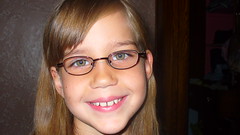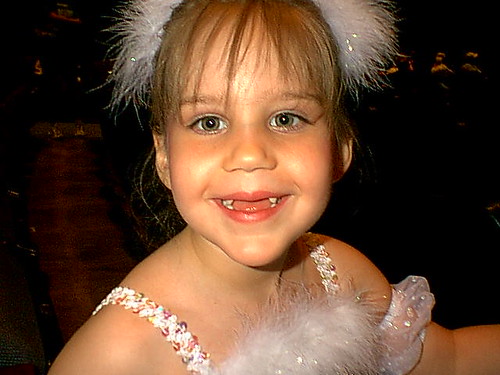See the link up over at Giving up on Perfect for some great tips and ideas!
Since this is the time of year that many homeschoolers are trying to figure out what to use for next year, I thought I’d share some of the tools and curriculum that has worked for me over the years.
Long time readers will know that two of my six children have had a difficult time learning to read. I wrote about the experiences with my son here.
But Izzy has presented special difficulties. She was my true emergency C-section baby, born with very low APGAR score. Then when she was a preschooler, she had an accident at the pool and managed to knock out all four of her top front teeth. I think both of these things contributed to her difficulty in learning to read. Certainly missing the teeth did because she found other ways to say the sounds that she couldn’t normally enunciate and that made it more difficult for her to hear and say the letter sounds when she was learning to read. Even thought I had taught another challenging reader and had many of those techniques AND even though I recognized Izzy’s difficulties early, she fell behind grade level in her reading skills.
Glasses helped some, but she continued to struggle.

With her high school years looming ahead, I knew that I had to do something to help her catch on to reading. Luckily, I discovered into Dianne Craft’s table at my local homeschool convention.
When I read this article by Ms. Craft, I immediately knew my daughter was a right-brain child:
How do you determine if you are teaching a right brain child? Children tend to display these characteristics at an early age. All children are creative but your right brain child will seem to be even more imaginative. The right brain learns things in wholes rather than in parts, so that child will get math concepts well but may struggle with the details like the math facts or checking work. In thinking styles, the right brainer often goes by gut feeling whereas the left brainer prefers multiple facts before coming to a conclusion. In test taking, the left brainer prefers the black-and-white choices presented in multiple choice questions while the right brainer may prefer essay questions where the whole picture can be given.
So I bought her curriculum and I started implementing it January, 2012. I saw results immediately.
This spring I took Izzy to see our reading specialist here in Ohio. She has made great progress and is just about at functional adult level. For difficult texts, like biology, I help her out with CD’s and other tools to help her along.
One part of this curriculum includes learning the sight words on flash cards. Ms. Craft sells a few of them and Izzy learned them easily. When we were done for that I found Child 1st publications and bought over 600 of their Snap Cards to continue Izzy’s progress.
We have been through these cards a number of times now and probably won’t use them at all this year because Izzy has mastered them.
A few years ago I did a series of 7 videos demonstrating how we used these flash cards from Child1st Publications in our homeschool. These are very amateurish, shot in our home, during a regular school day. I think several of my kids and the family dog make an appearance, but you can still get the gist of what we were trying to do and see Izzy’s progress during that time period.
Day 2
Day 3
Day 4
Day 5
Day 6
And the last day:
If you are looking to improve your child’s reading over the summer, this might be a good place to start!
This post contains affiliate links, which means I receive a percentage if you make a purchase using these links.




